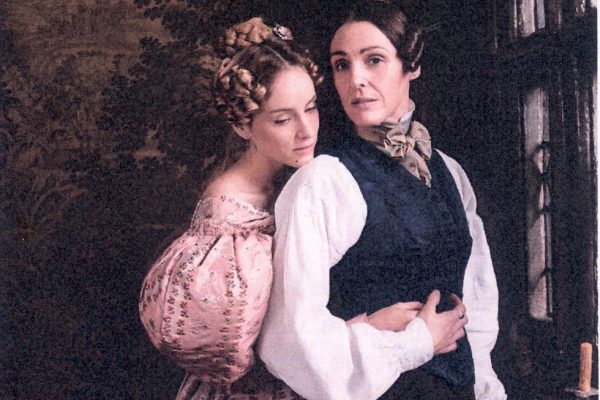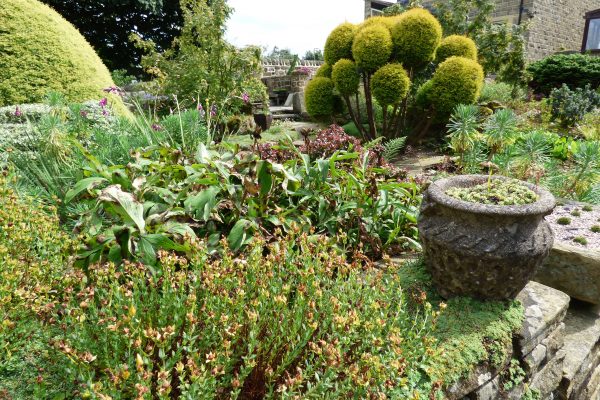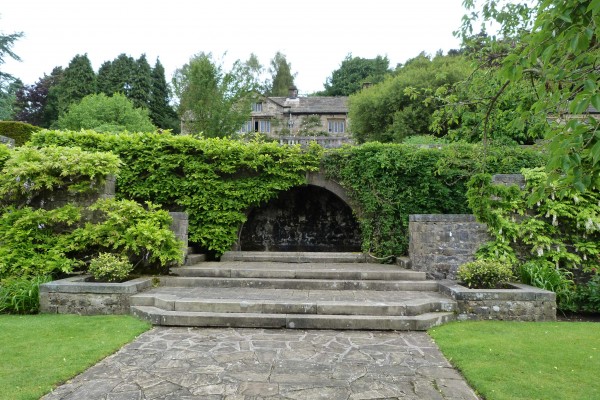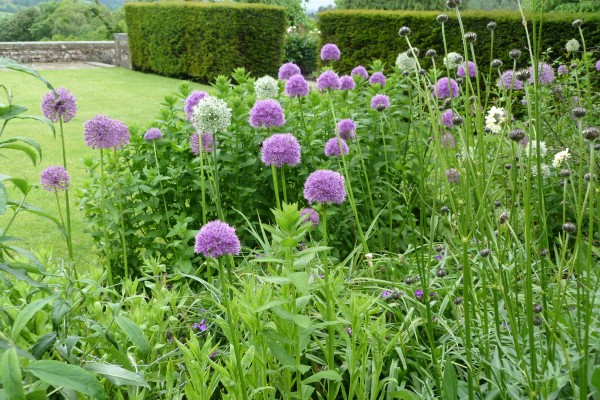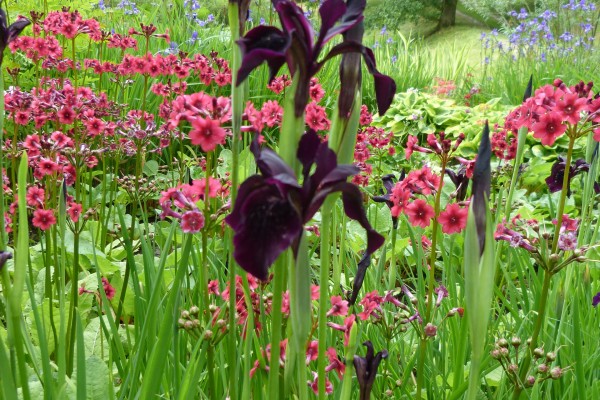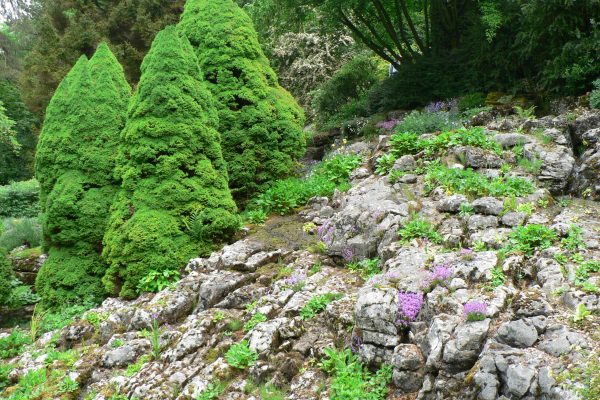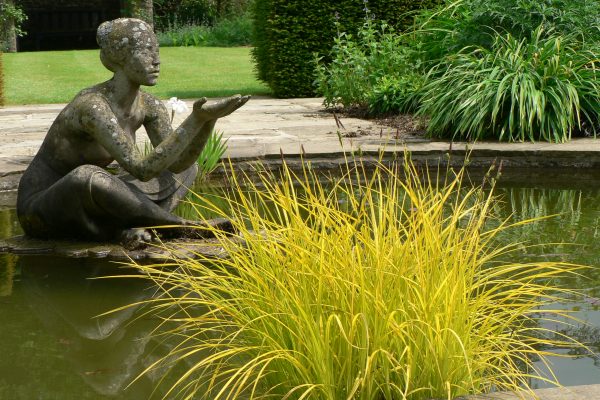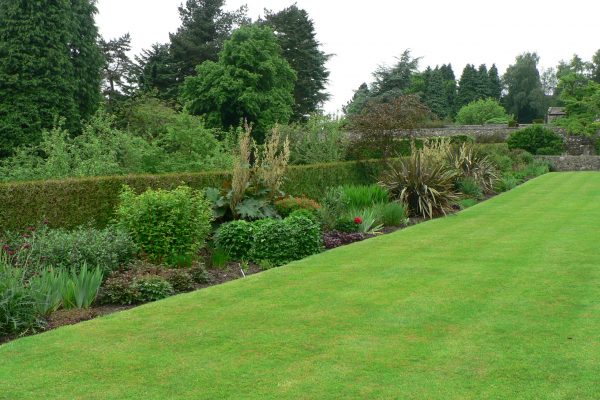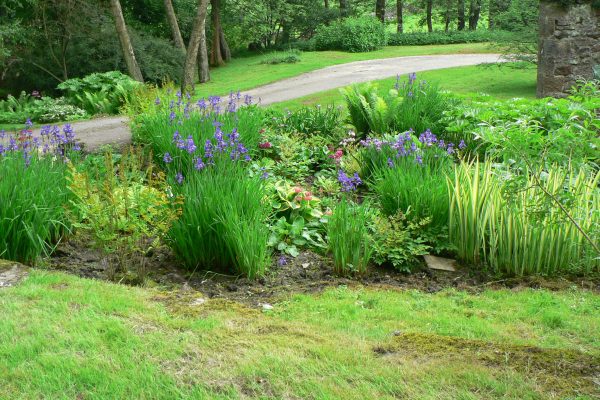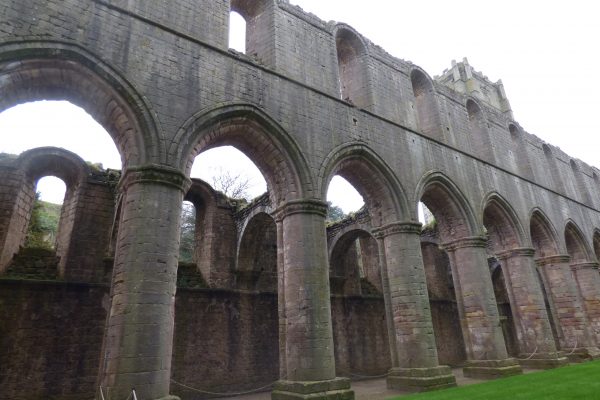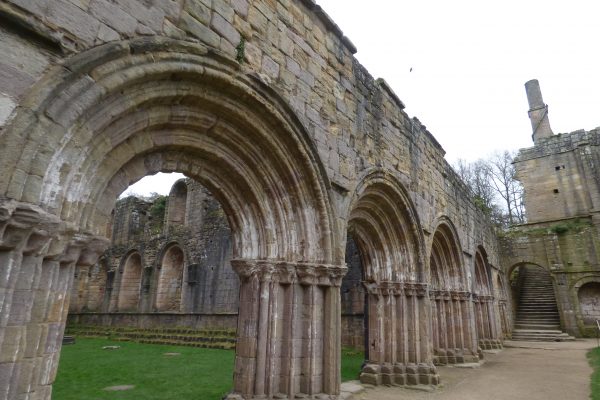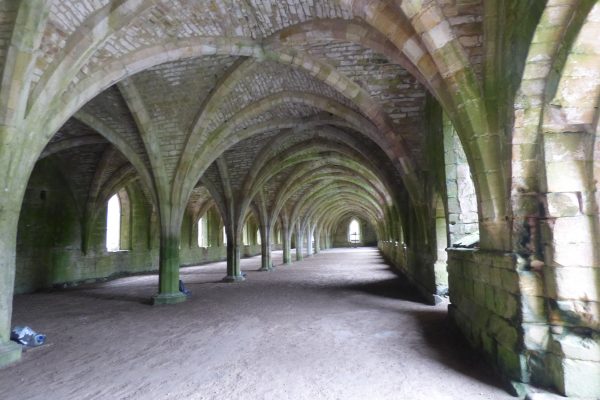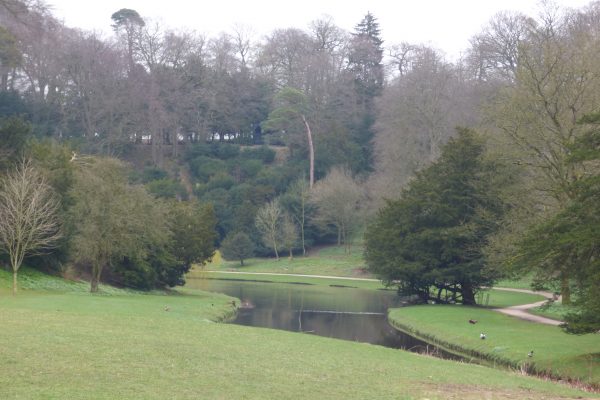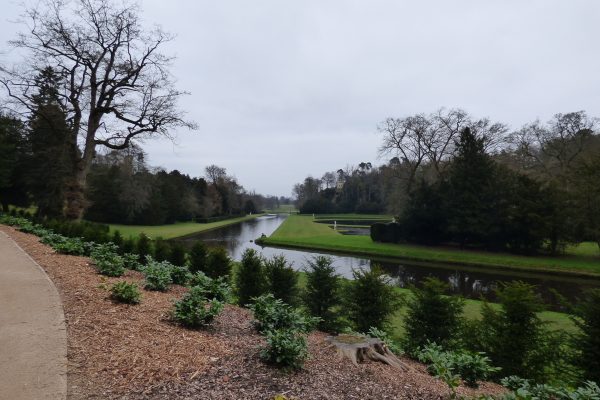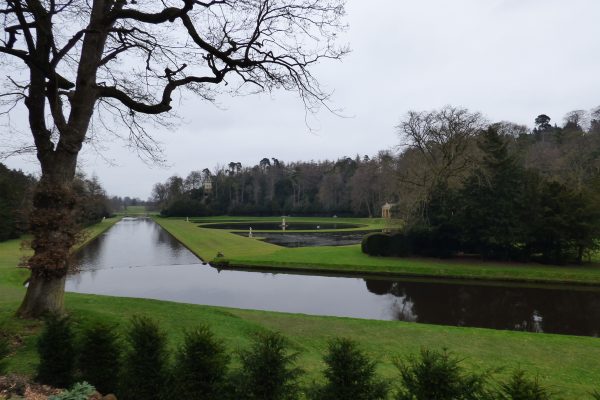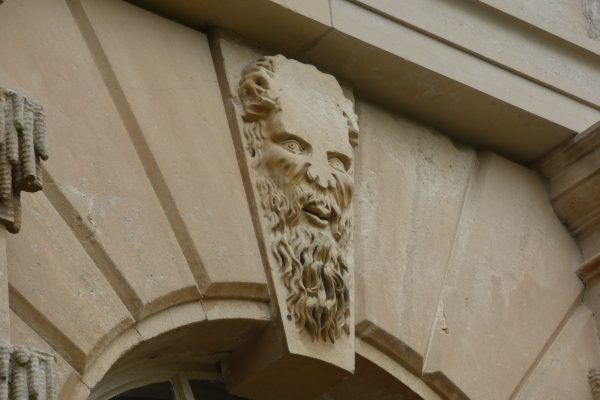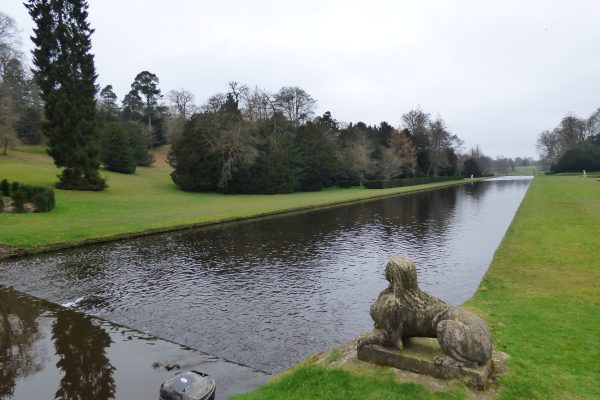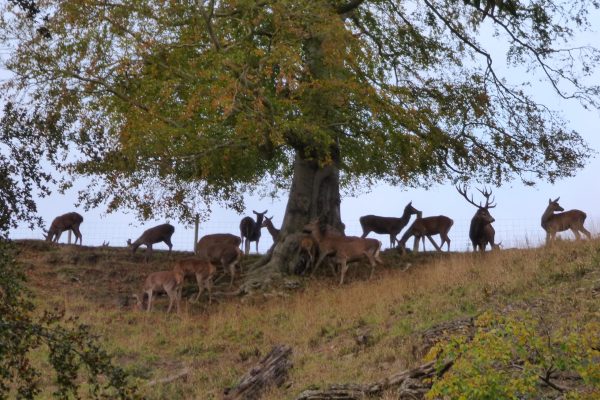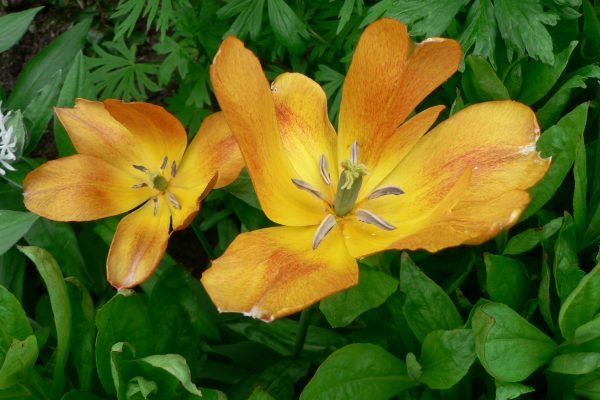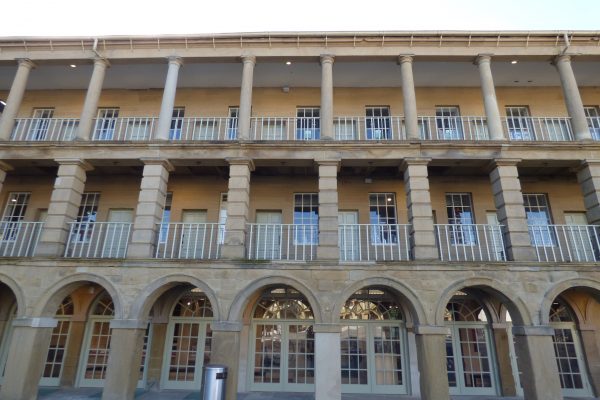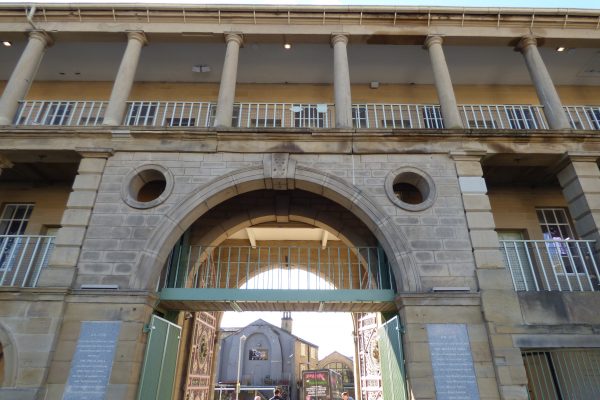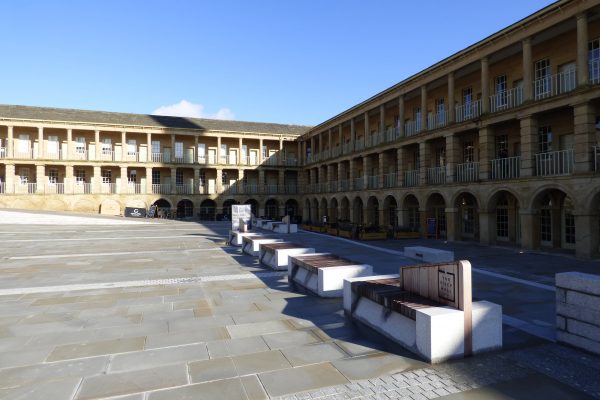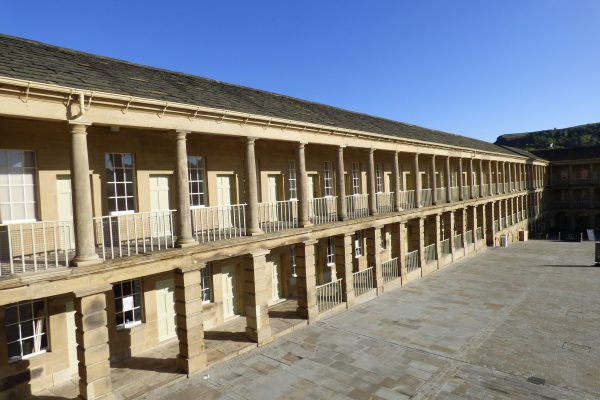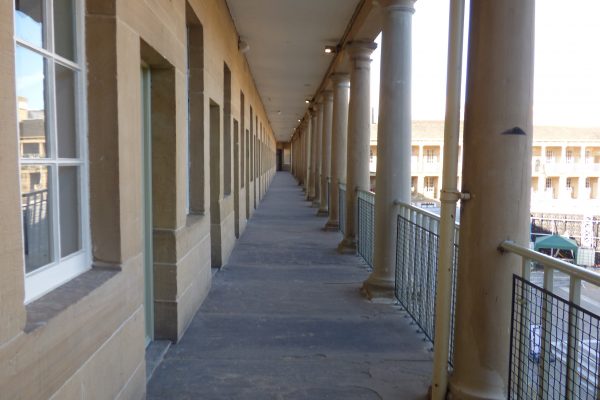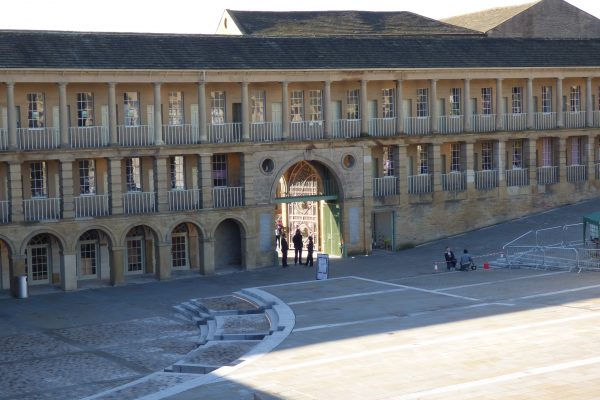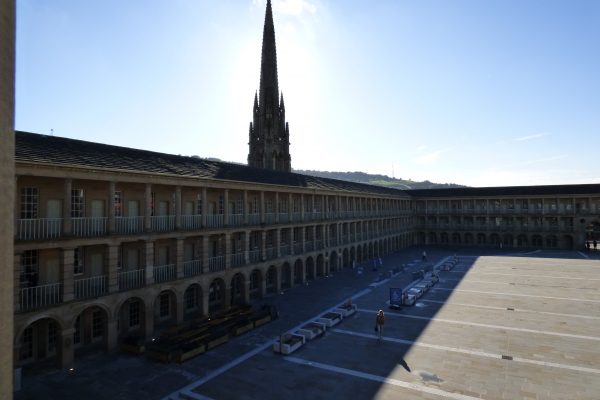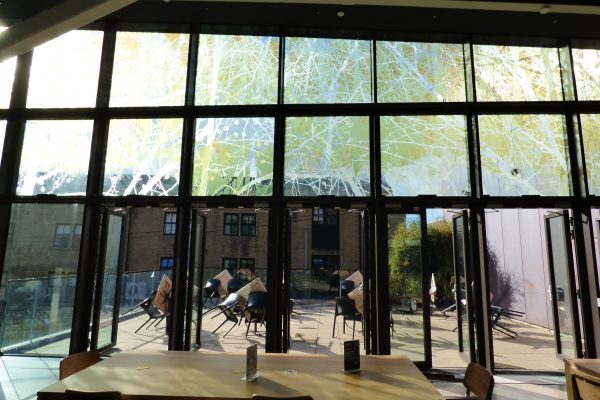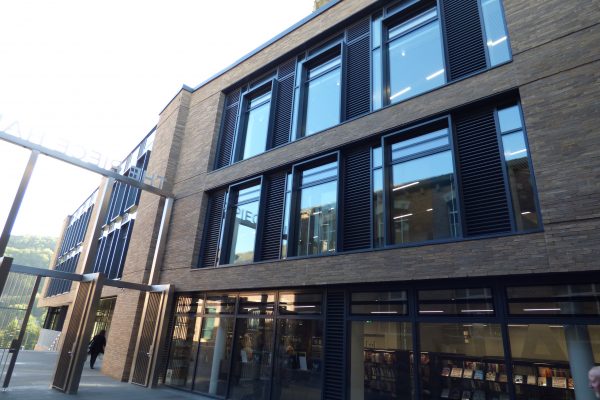Anne Lister (1791 – 1840) of Shibden Hall, near Halifax – whose story is told in the major BBC TV series Gentleman Jack – was a remarkable woman; a landowner, business woman, diarist, mountaineer and traveller.
Celebrated today as the ‘first modern lesbian’, the diaries kept by Anne Lister from her teenage years until her death at the age of 49 run to around 5 million words. Tall and boyish, she dressed in black and wore her hair in tight curls on either side of her face. With her neck ruff, stout boots, black coat and round hat (rather than a bonnet) she looked distinctly masculine. Nicknamed ‘Captain Tom Lister’ locally during her lifetime, she was later referred to as “Gentleman Jack”.
Anne’s diary entries chronicle her daily life, as well as social, political and economic events and her business interests. Approximately one sixth of the diaries are written in code. This clever combination of Greek letters and algebraic symbols was referred to by Anne as her ‘crypt hand’. The crypt hand entries describe quite graphically Anne’s deepest emotions, her private affairs and relationships with a number of women, including the tactics she used for seduction.
Born on 3 April 1791, Anne Lister lived at Shibden Hall, 2 miles outside Halifax, from 1815 until her death in 1840. As well as rent from farms and cottages, the Shibden estate drew income from its reserves of coal, water, stone and timber. Further income was generated from canal shares, turnpike road trusts and pew rents. Anne inherited the estate in 1836 after the death of her Father and Aunt and made great changes to both Shibden Hall and the estate, adding to their size and grandeur.
Following a series of intimate relationships with female friends over the years, which often ended unhappily, Anne was keen to find a ‘wife’ to live with her at Shibden Hall. In 1832 Anne became reacquainted with Ann Walker, a wealthy young heiress who had inherited the nearby Crow Nest Estate. Their friendship developed rapidly, the two became lovers and Ann Walker came to live at Shibden Hall in 1834.
Anne Lister’s story is told in an 8-part BBC/HBO co-production called Gentleman Jack, starring Suranne Jones as Anne Lister and Sophie Rundle as Ann Walker. Written by BAFTA award-winning screenwriter Sally Wainwright (of Happy Valley and Last Tango in Halifax fame), who grew up in Calderdale, Gentleman Jack was filmed at Shibden Hall and the surrounding area. For more information about the film locations used in the series, please click here.

Shibden Hall, which dates back to the 15th century, is run by Calderdale Museums and is open to visit. For further information about Shibden Hall, please click here












